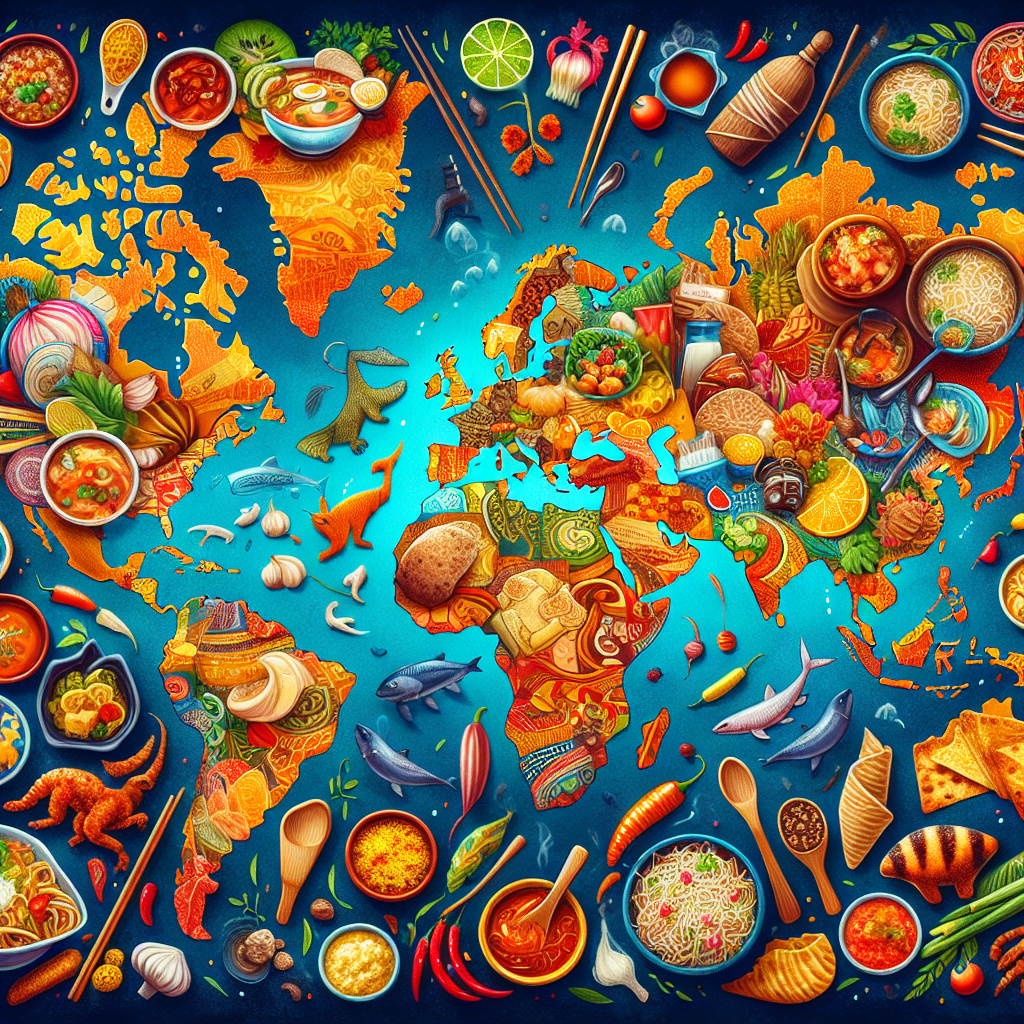In the world of modern cuisine, few movements have garnered as much attention and intrigue as molecular gastronomy. This innovative approach to cooking combines science with culinary art, transforming the kitchen into a laboratory of flavors, textures, and techniques. While it may sound like magic, the principles of molecular gastronomy are firmly rooted in the scientific exploration of the ingredients and processes that underpin our food.
Defining Molecular Gastronomy
Coined in the late 1980s by physicist Hervé This and chef Nicholas Kurti, molecular gastronomy differs from traditional cooking methods. It seeks to uncover the physical and chemical transformations that occur during cooking and reimagine them. Unlike typical cooking, which might rely on intuition and experience, molecular gastronomy uses scientific principles to manipulate the elements of food at a molecular level.
At its core, molecular gastronomy combines ingredients in new ways, employing techniques such as spherification, emulsification, and gelification. By doing so, chefs can create unexpected textures and flavors, leading to dishes that challenge conventional notions of what food can be.
The Science Behind the Techniques
Spherification
One of the most iconic techniques in molecular gastronomy is spherification, which involves creating small spheres that burst in the mouth, releasing liquid. This method is typically used to transform liquids into caviar-like beads. By utilizing sodium alginate (derived from seaweed) and calcium chloride, chefs can encase flavorful liquids in a thin outer membrane. Imagine a spoonful of "caviar" made from fruit juice or balsamic vinegar; the burst of flavor can provide a surprising and delightful experience for diners.
Emulsification
Emulsification is another critical technique, often employed to create stable mixtures of two immiscible liquids (like oil and water). Chefs utilize agents like lecithin or xanthan gum to stabilize these mixtures, resulting in creamy sauces or aerated foams. One delicious example is a foamy sauce or a light, airy vinaigrette that introduces an entirely new texture to dishes without overpowering their essential flavors.
Gelification
Gelification allows chefs to create new textures through the use of gelling agents like agar-agar or gelatin. This technique can be used to prepare jellied desserts, savory gels, or even modern takes on classic soups that present the ingredients in an entirely new form. For instance, a traditional tomato soup can be transformed into a vibrant gel that sits atop a dish, offering an unforgettable visual and gustatory experience.
Blending Science with Creativity
While the techniques of molecular gastronomy are grounded in science, the artistry of cooking plays an equally important role. Chefs who embrace this approach employ their knowledge of flavors and presentation to create dishes that tell a story as much as they delight the palate. This fusion of science and art allows for endless possibilities, encouraging chefs to experiment and push culinary boundaries.
The presentation of molecular gastronomy is often theatrical, engaging diners in a multisensory experience. The use of smoke, multi-layered textures, and unexpected flavor combinations can evoke awe and wonder. Dishes like deconstructed desserts and visually stunning plated creations not only tantalize the taste buds but also stimulate the eyes, making each meal a memorable event.
The Impact on Contemporary Cuisine
Molecular gastronomy has fundamentally transformed how chefs approach cooking. Restaurants worldwide have adopted these innovative techniques, leading to a greater appreciation for the intricacies of flavor development and preparation. As a result, fine dining establishments are increasingly exploring the intersection of culinary art and science, offering diners a unique experience.
Furthermore, as the science of molecular gastronomy becomes more mainstream, home cooks are also beginning to experiment with these techniques. With the advent of specialty ingredients and tools available for purchase, amateur chefs can explore the wonders of spherification, emulsification, and gelification in their own kitchens.
Critiques and Controversies
Despite its many advocates, molecular gastronomy has also faced criticism. Detractors argue that it can detract from the core pleasures of cooking—simplicity, tradition, and comfort—favoring gimmicks over substance. Some purists argue that such techniques can lead to overly complicated dishes that prioritize form over flavor.
The Future of Culinary Innovation
As molecular gastronomy continues to evolve, it has the potential to bridge the gap between culinary innovation and traditional cooking methodologies. Chefs are increasingly finding ways to harmonize scientific techniques with classic cuisines, honoring time-honored traditions while embracing modern influences.
Ultimately, molecular gastronomy is not just about creating stunning visuals or jaw-dropping presentations—it’s about a profound understanding of food and its possibilities. As science continues to play a pivotal role in the culinary world, we can expect to see further exploration of flavors and techniques, inviting adventurous palates to experience the magic of cooking like never before.
In the hands of a skilled chef, the marriage of science and culinary art has the power to bring a whole new dimension to the dining experience, fostering excitement around food that promises not just to be eaten but to be experienced.














Leave feedback about this
You must be logged in to post a comment.